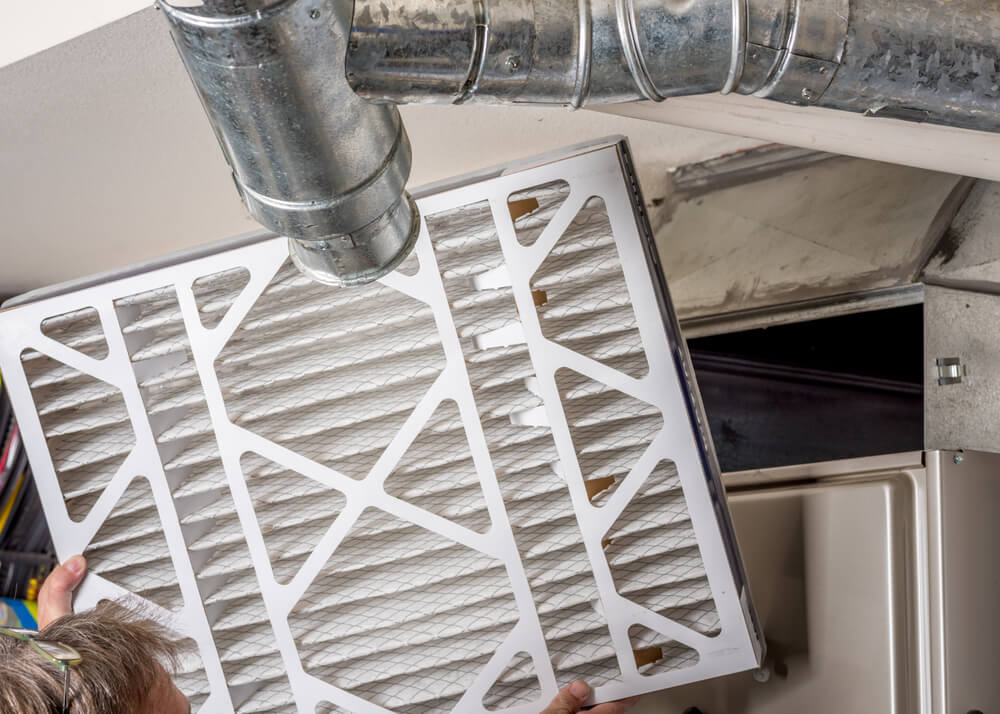Why Furnace Maintenance is Important in Single Family

Whether you have a gas or oil furnace in your rental properties, furnace maintenance is critical. You may be tempted to put it off until next year, but according to Trane, a neglected furnace can wear out quicker than most homeowners imagine and begin to fill a home with dangerous carbon monoxide gas without warning.
Each fall before the first use of the year, it should be a priority to have your furnace inspected. If you're not lucky enough to have an experienced person on staff, consider making an appointment with a professional. Annual service is typically less than $100, ridiculously cheap compared to the cost of a new furnace!
If you are determined to service the unit yourself, make sure you follow these steps:
Turn the power off!
It seems like a no-brainer, completely obvious, right? It is, but that makes it easy to overlook. Make sure everything is off. If you have a gas system, it is a good idea to turn off the valve as well. Flipping the breaker into the off position isn't a bad idea either.
Clean and dust
When you're sure everything is off, remove the cover and perform a visual inspection of the unit. For this step, you will need a screwdriver, a new filter, a shop vac and clean rags. Include a toothbrush if you're really fastidious! Look for obvious and subtle dirt, dust, cobwebs and other debris on the blower and blower motor. This is where your shop vac with a long, narrow attachment will come in handy, cleaning all those hard to reach places. Wipe the fan blades with a slightly damp cloth, being careful not to cut yourself. While you're inspecting and cleaning, check the fan belt. The belt should have no more than a half inch of give when pushed down, it should also not show signs of brittleness or of fraying.
Don't forget about the combustion chamber. This is where the fuel, whether it is gas or oil mixes together and can leave a corrosive soot behind. A small wire brush will help you make quick work of this chore. Remove any debris with the shop vac here as well. Hint: Give the chamber a good, visual inspection, especially if the unit is older. There could already be holes from past use.
The flue pipe, vents and chimneys
Perform a complete, visual inspection of the pipe running from your furnace to the outside of your property. It is okay to use foil tape to patch small holes, but corroded areas need to be replaced. Also, inspect the seams where the ducting comes together. Use some more of your foil tape if there is any doubt.
While you're at it, make sure the vents or chimney is not blocked or clogged. Chimneys are a favorite place for bird nests in some areas of the country.
Oil systems
In the event you have an oil furnace, please keep in mind that these require a couple of extra steps and some extra equipment when you're servicing them. You will need an oil filter, an oil nozzle, an oil filter wrench and a receptacle to catch the oil in. You will need to bleed the lines according to the manual and clean and inspect the fittings and gaskets before turning the furnace on.
Test it out
It's time to put it back together and make sure everything is functioning normally. Use your hands as leak detectors, feeling along the duct seams for escaping air. You can use soapy water if you think you may have a leak you're missing.
If everything seems normal, congratulations! The simple cleaning and filter replacement should be repeated once a month while the furnace is in regular use.
If after reading this, you don't feel 100% confident in your ability to service your furnace, we highly recommend calling in a professional. For $100 to $150 per year, a professional inspection can save you money and prevent costly repairs.







